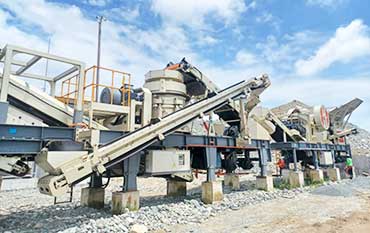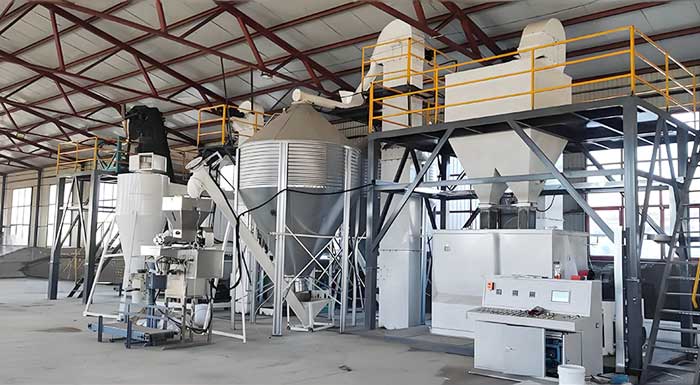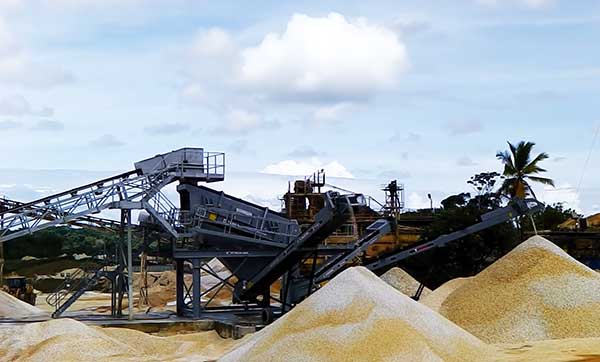6 Types of Rock Drill Bit Materials and Their Features
Rock drills play an important role in mining, construction and other fields. The drill bit, serving as the core component of a rock drill, directly impacts drilling efficiency, service life, and cost based on its material selection. Choosing the appropriate drill bit material is crucial when facing different rock types and working environments
This article details various materials for rock drill bits and discusses key considerations for material selection given their specific application environments.
1. High-Speed Steel (HSS) Bits
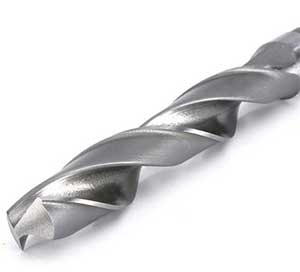
High-Speed Steel bits are renowned for their excellent toughness and cutting performance, suitable for machining relatively soft materials. After quenching and hardening, HSS bits exhibit high hardness, making them appropriate for drilling materials like steel plates and iron sheets.
Due to the relatively lower hardness of HSS, its service life is comparatively shorter. When drilling hard rock or high-strength materials, the wear resistance of HSS bits may be insufficient.
2. Carbide Bits

Carbide bits are currently one of the mainstream materials for rock drill bits. Composed of tungsten carbide and metal powders, carbide bits possess extremely high hardness and excellent wear resistance, making them suitable for drilling hard stone and metal materials.
Compared to HSS, carbide bits offer superior wear resistance and a relatively longer service life. However, their toughness is poorer, making them prone to breakage. Therefore, their advantages and disadvantages need to be weighed based on specific application scenarios during selection.
3. Tungsten Carbide-Cobalt Alloy Bits

Tungsten Carbide-Cobalt Alloy bits combine the high hardness of tungsten carbide with the toughness of metals like cobalt and nickel, enabling outstanding performance in challenging rock drilling operations.
The manufacturing cost of Tungsten Carbide-Cobalt Alloy bits is relatively high, but their wide applicability and high performance make them the preferred choice in professional fields.
4. Ceramic Bits

Ceramic is a novel material for rock drill bits, made from materials like aluminum oxide and silicon carbide. Ceramic bits are renowned for their extremely high hardness and wear resistance, particularly suitable for machining hard and brittle materials such as glass, ceramics, and marble.
The manufacturing cost and processing difficulty of ceramic bits are high, but their exceptional performance in specific application scenarios is irreplaceable. They can operate under high-temperature and high-pressure conditions, making them suitable for specialized rock drilling operations.
5. Diamond Bits
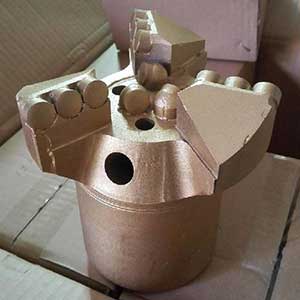
Diamond bits utilize hard materials such as natural diamond, synthetic diamond, composite sheets, sintered bodies, or polycrystalline diamond as cutting elements, manufactured in surface-set or impregnated forms, specifically designed for rock fragmentation.
Diamond bits possess extremely high hardness and wear resistance. Using diamond as the cutting material in special coal drilling exploration can achieve higher drilling efficiency and longer life.
6. PDC Bits
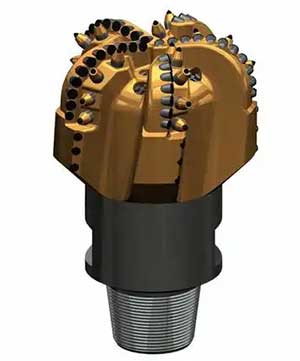
PDC (Polycrystalline Cubic Boron Nitride) is a composite material composed of tungsten carbide particles uniformly dispersed in a metal matrix. It exhibits exceptional hardness and wear resistance, widely applied in coal mine drilling and rock drilling.
The selection of drill bit materials must be based on the specific application environment and requirements. Whether it’s high-speed steel, carbide, tungsten carbide cobalt alloy, or ceramic drill bits, each possesses distinct advantages and limitations. Choosing the appropriate drill bit material not only enhances drilling efficiency and extends service life but also reduces costs and ensures the safe and smooth progress of engineering projects.
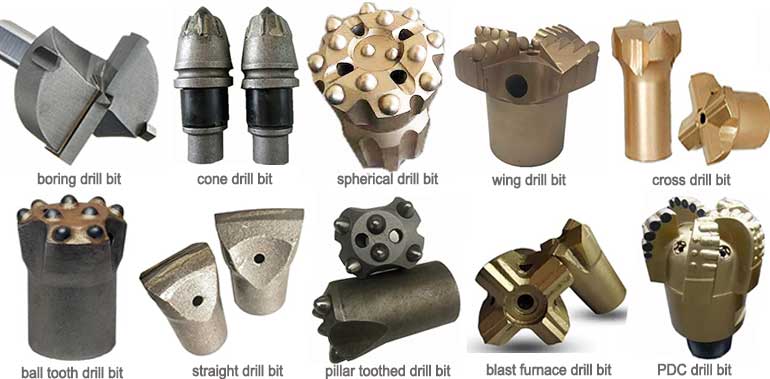 10 Types of Rock Drill Bits | How To Choose Drill Bits
10 Types of Rock Drill Bits | How To Choose Drill Bits Rock Drill | Working | Types | How To Choose Rock Drill
Rock Drill | Working | Types | How To Choose Rock Drill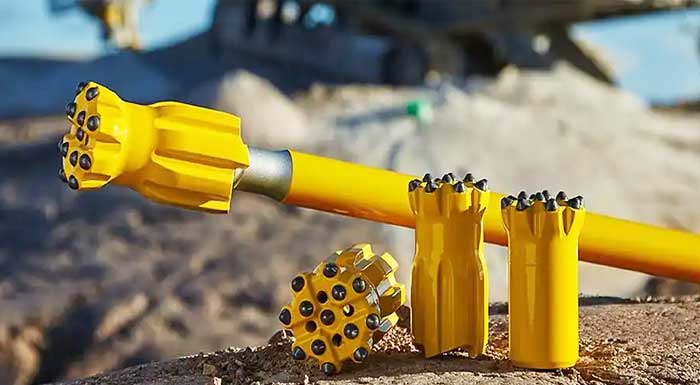 Drill Bit | Drill Rod | Connection Sleeve | Shank Adapter Functions
Drill Bit | Drill Rod | Connection Sleeve | Shank Adapter Functions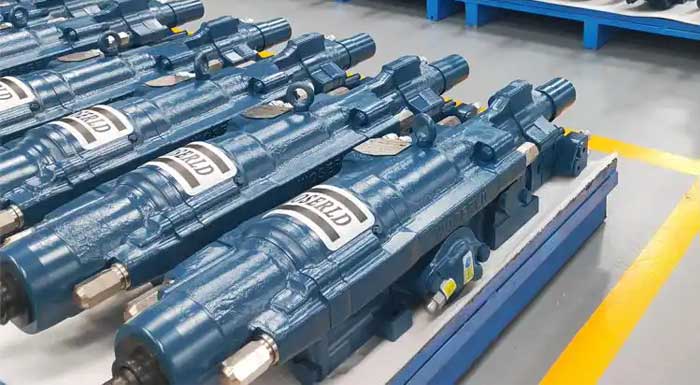 15 Troubleshooting and Solutions for Hydraulic Rock Drill
15 Troubleshooting and Solutions for Hydraulic Rock Drill